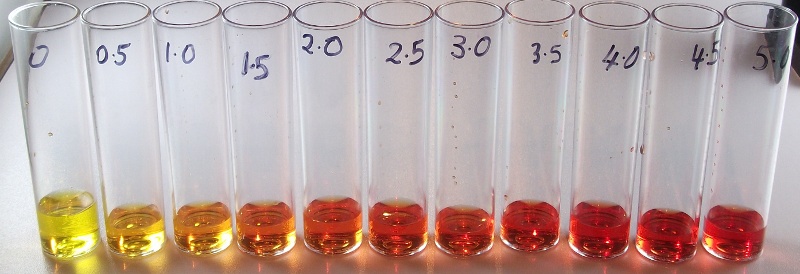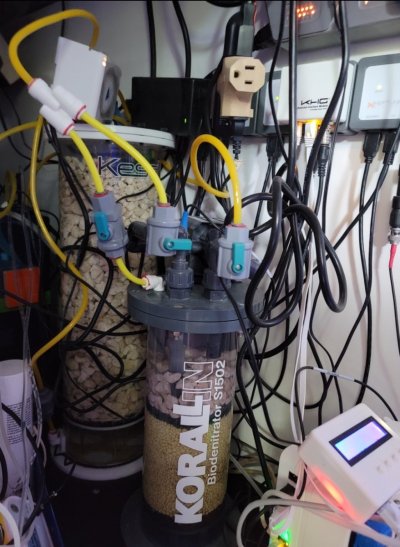- Joined
- Mar 9, 2019
- Messages
- 186
- Reaction score
- 101
For those running a sulfur reactor or nitrate reactor, my understanding is that this will also raise your calcium levels or decrease your Alk levels, I’m not a 100% which actually. But anyway my question is were you able to over come
this issue by adjusted one of your doses in a 2 part soaring system?
For example, if calcium is increasing in your system while your nitrate reactor reduces nitrate. Do you just reduce your calcium level dosing portion of the 2 part and leave the alkalinity dosing levels unchanged?
this issue by adjusted one of your doses in a 2 part soaring system?
For example, if calcium is increasing in your system while your nitrate reactor reduces nitrate. Do you just reduce your calcium level dosing portion of the 2 part and leave the alkalinity dosing levels unchanged?



















